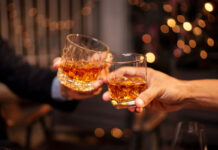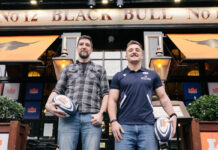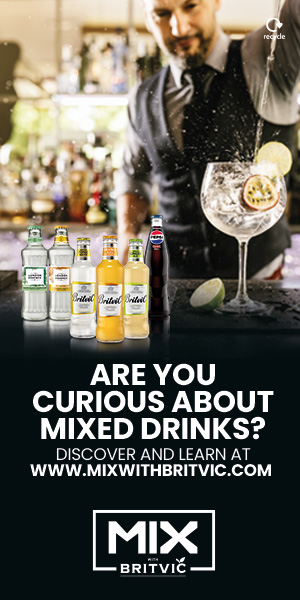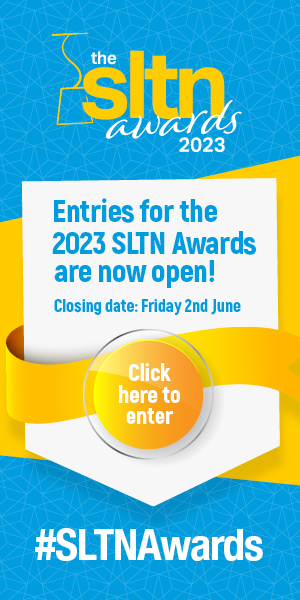
AFTER a blistering June, Scotland’s bar and pub operators will be hoping for more of the same in July, with beer sales likely to be the big winners again.
It’ll come as no surprise that lager is tipped to be the most popular beer style in July – with demand usually spiking during warmer weather – but brewers contacted by SLTN said customers are likely to branch out as the year goes on, and quality is likely to be a priority.
“Although lager is a key category all year round, with beer sales peaking during the summer months, so does the demand for lager,” said a spokeswoman for BrewDog.
With the cost of living crisis ongoing, some pub and bar operators will no doubt be looking to cut back where they can. However, John Price, head of marketing at KBE Drinks, said people are continuing to trade up.
“Despite the current tough times and the challenge on people’s disposable income, the ‘less but better’ trend shows no sign of slowing down as consumers have shown themselves to be increasingly willing to spend more when they do go out and treat themselves to better quality and authentic beer, cider and spirits options,” he said.

Crawford Sinclair, commercial director at Innis & Gunn, agreed, saying that the company has ‘not seen any evidence to suggest that consumers are trading down’.
“The beer category is healthy and growing, particularly the premium segment, suggesting consumers are still seeking out trusted brands during on-trade visits,” said Sinclair.
And he stressed the importance of changing things up as the seasons move on.
“We all know that lager dominates during the warmer months as consumers look for refreshing drinks,” said Sinclair.
“However, [licensees] need to think about additional beers during the cooler months, such as cask beer, stouts, nitro ales and some packaged beers that are better suited to that season and match this with seasonal food offers.”
That food angle has become a major focus for Belhaven Brewery in Dunbar.
The famous brewer and brand has been experimenting with food and beer pairing for some time, and recently teamed with Archerfield executive chef Dave Jamieson to create dishes that were tailored to the brewery’s beer range.
Steven Sturgeon, Belhaven’s head of marketing, said food visits have become increasingly important for on-trade beer sales.
“The on-trade market is showing signs of resilience with many age groups returning to the pub; however, it is the ‘occasions’ they are returning for that are changing,” said Sturgeon.
“For instance, we continue to see an increase in consumers going out for food and drink combined.
“It is likely the trend with occasions, such as food and drink, will continue and as a brewer it is key we provide guidance to our customers on what flavours complement our beers, providing a fuller experience.”

And the alcohol-free beer sector continues to be a hot topic for bars, pubs and restaurants.
Sinclair at Innis & Gunn said alcohol-free beer ‘is still a growing category’ with most of the major brands now having a zero-alcohol product in their range, and advised licensees to stock ‘more than one’ alcohol-free beer variant.
That was echoed by Price at KBE Drinks, who said: “It’s no great surprise, but it’s premium along with no and low options which look like they are continuing to flourish so far this year.”
However, there has been some disagreement on the zero-alcohol front.
A recent report from Proof Insight stated that a sizeable share of customers looking to moderate their alcohol intake are opting for soft drinks rather than alcohol-free versions of alcoholic drinks.
Jason Clarke of Genius Brewing said the report’s findings ‘ran contrary to many industry assumptions’.
“It’s clear that for most consumers, alcohol is still at the heart of a pub experience but today, many just want a bit less booze,” said Clarke.
“That only 4% of moderating pub-goers choose a No-Low beer is not down to lack of product awareness – ads are everywhere – it’s because many drinkers don’t like how they taste.
“The report revealed how many moderating drinkers feel forced to ‘toggle’ between an alcoholic drink and a soft drink.
“Offering lower-ABV, light beers would give customers the option to enjoy a ‘real’ drink every time.”




















